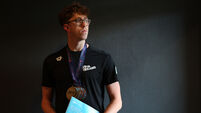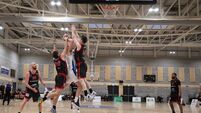Beijing diary
YESTERDAY was a shopping day for the Beijing Bureau which meant a visit to Beijing’s famous Silk Market.
However expectations of narrow streets filled with authentic Chinese merchants in traditional dress proved to be an aircraft carrier wide of the mark.














